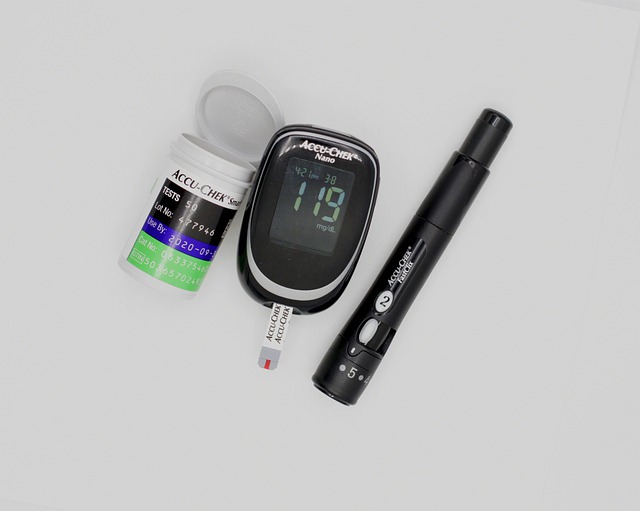Podcast: Play in new window | Download (Duration: 11:56 — 16.9MB) | Embed
On this episode of the Real Life Pharmacology podcast, I discuss the ins and outs of lamotrigine pharmacology.
Lamotrigine has a very slow dose titration schedule due to the risk of drug induced rash.
Sedation, GI upset, and CNS changes are the most common adverse effects associated with lamotrigine.
Lamotrigine concentrations can be increased by valproic acid, so we tend to use lower starting doses.
Phenytoin and carbamazepine can lower concentrations of lamotrigine.
I discuss important drug interactions on the podcast, be sure to check out my latest project which is a 200+ page book on managing drug interactions in primary care.
Be sure to check out our free Top 200 study guide – a 31 page PDF that is yours for FREE!










